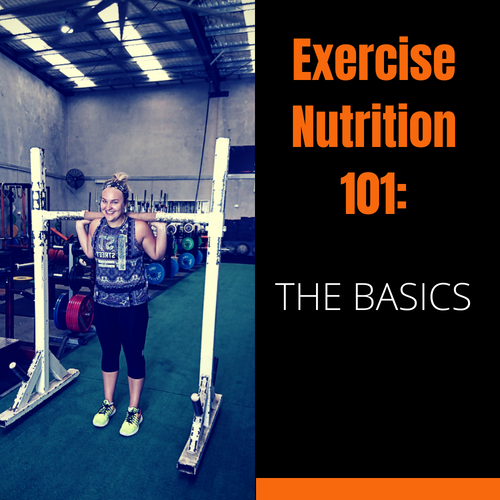Exercise nutrition can be a complicated subject and we are here to give the basics. Covering the basics is the most important part for your results. It is with the basics that you can make good decisions and easier decisions about your nutrition.
Consitently I see clients and athletes who have knowledge about nutrition that has been picked up from everywhere. A conversation with a friend or something they remember from an article guides there choices.
Like most things in exercise having a basic understanding of key principles can get you far. Once you have covered the basic principles/knowledge then can be the time to individulize.
Exercise NUTRITION 101
In this blog we are looking to cover basic things that you should have a key grasp of when it comes to your exercise nutrition. These are the basics upon which alot of your decisions and choices will be based.
A good example of this is the recent expericence of one of my clients. He came to me wanting to perform athletically the best and have the most energy he can for life. He was approaching his 40th birthday so we had a timeline to achieve his goal. Initially we knew that a big part of his results was going to come from his nutrition and the approach he took.
From our first conversation I could tell that he was putting the cart before the horse. This was someone who has a physical job and plays multiple sports over the week that he wants to perform for. Initially he wanted to utilize intermittent fasting and a low carbohydrate approach to lose the fat and achieve his goals. I warned that this may not be the best approach for his specific situation. He needed carbs for his sport performance and his job required him to be physically alert throughout the day and be present for his family life. After some though he organised to see a dietician and came back with some shocking news. He was to follow a meal plan that followed the principles in our basic exercise nutrition. No fancy protocols or system just the basics.
He went on to achieve the best results of his life and feel the healthiest and fittest he had for years. The basics work and we are going to check them out now
exercise nutrition 101:the basics

One of the easiest ways to understand the basics of nutrition is by using a simple analogy throughout. You run a bank called “Body Composition” and the decisions you make with your bank will either help you over the long-term
- Lose money (lose weight/fat)
- Maintain money (maintain weight/fat/improve performance)
- Gain money (Gain weight/muscle/improve performance)
Body composition can be thought of as how your body looks while you’re in underwear. For your health and performance if we can look to add a bit more muscle and lose a bit of fat we are on the right track.
You will notice that some of the decisions you make for your bank “Body Composition” will help improve your performance for exercise. It is hard to be losing money and improving performance though it is possible.
1.calories Matter
Setting the terms and context matters when we are talking about calories and why they matter. Each time we eat food we are making a deposit to our imaginary bank “body composition”. Some food we eat may have more calories or digest in a more beneficial way. However, all food we eat does have an amount associated with it and that unit is called “calories”
Food can be made up of protein , fats and carbohydrates and each of these have a different value for calories.
- Protein = 1 gram / 4 calories (1 Protein note / $4)
- Fats = 1 gram / 9 calories (1 Fat note / $9)
- Carbohydrates = 1 gram / 4 calories (1 Carbohydrate note / $4)

2.understand “calories in vs Calories Out”
In your bank
- calories in are deposits into your bank e.g eating food
- calories out is when you are giving money away e.g physical activity, breaking down food and your BMR
Two things to take note of are firstly each day the amount of calories that go out can vary. A day when you exercise in the morning and go for a walk in the afternoon is very different to a Sunday spent on the couch. Calories out is a moving target and while we have equations that can give you guidance. They are still just a guide for how many calories you can consume. Secondly your Basal Metabolic Rate (BMR) is the amount of calories your body needs to have to complete it’s minimum operations to keep you alive. That is why for the long-term we don’t want to having too many calories going out for health and performance.
3.Base Your Nutrition on Your Goals
At your bank you have to make goals which guide the decisions that you make. The goal of someone who is trying to lose as much fat as possible is different to someone looking to maximize sport performance. Once you have set your goal allow time to achieve it as with saving money or any financial goal you can’t expect to achieve it overnight.
4.Mixed Meals & Portions
At the most basic level of nutrition each meal you have should contain
- Protein (animal sources – meat, fish or dairy)
- Fats (Avocado, nuts or dairy)
- Carbs (Grains, Rice or Pasta)
- Servings of fruit and vegetable
Your initial basic to achieve will be making sure each meal you eat is a mixed meal.
Your basic is to come up with a simple way to implement portion control into the meals you are having. If I was going to deposit money into our bank I would want to keep track of how much or how little is getting deposited.
Below is a really simple guide that Precision Nutrition use to take the guess work out of estimating your portion sizes.
5.Consistently “Average”
When it comes to our “Body Composition” bank we want to be the best at being consistently “average”. This means we stay on track with our bank goal 90% of the time. Even when we go off-track we go right back on after a little lapse.
Like anything worth achieving nutrition basics take time and consistency. Some days you will knock your nutrition out of the park and that is awesome keep it up. What becomes important though are the days you can’t be bothered. That is why aiming for something that is achievable and your ‘average’ is more easily achieved on these days.

Exercise nutrition 101: the basics – in closing
There you have it your nutrition basics explained in a simple analogy. Each time you eat food you are making a deposit and each time you spend money (energy) you are making a withdrawal.
If your goal is to lose weight/fat then each day you need to spend more money than you deposit. To make these easier use some form of portion control (financial tracking) when you are making your mixed meals (protein/carb/fat meals).
Make sure you are clear on your financial goal and aim to be consistently “average” while always aiming for better.
Hope this helps you out and you become a master of the basics.
If you want help to implement your own exercise nutrition 101 today we are here to help
It is the action takers that will move forward and progress to having the body they deserve and want.

IT INCLUDES
- Your Own Personal Trainer
- 3 x 1 Hour Sessions Per Week
- AM Sessions Available
- Nutrition Plan To Break The Cycle of Dieting
- Learn To Build Habits That Will Stick Forever
- Learn How To Keep Your Results
All for $69 per week for 28 days! Click I’M IN BELOW TO APPLY
We guarantee you results and help you create the structure that will have you
- Feeling more confident,
- Better about yourself
- Able to feel awesome.


